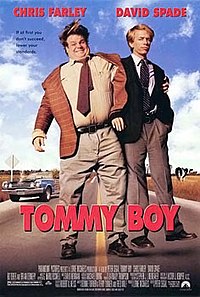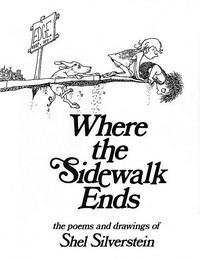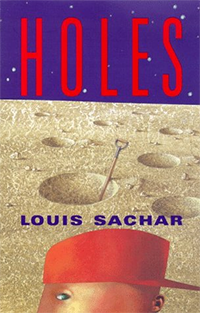Lists
















55 Music Artists
Music
Sort by:
Recent Desc
More lists by TimeForLunch



Movies
List includes: Tommy Boy, Spaceballs, Napoleon Dynamite
March 2022
0
@wellsjos00041d441



Games
List includes: Team Fortress 2, Fallout: New Vegas, Pac-Man
February 2022
0
@wellsjos00041d441



Shows
List includes: Seinfeld, The Office, The Simpsons
February 2022
0
@wellsjos00041d441



Books
List includes: The City of Ember, Where the Sidewalk Ends, Holes
February 2022
0
@wellsjos00041d441



Podcasts
List includes: Welcome to Night Vale, The Gus & Eddy Podcast, Ear Biscuits
February 2022
0
@wellsjos00041d441